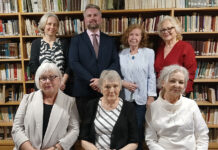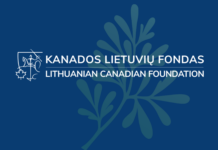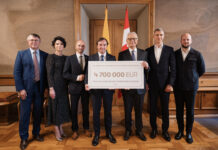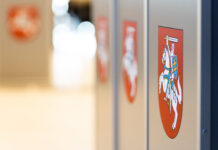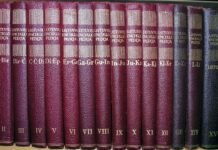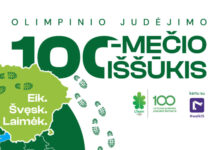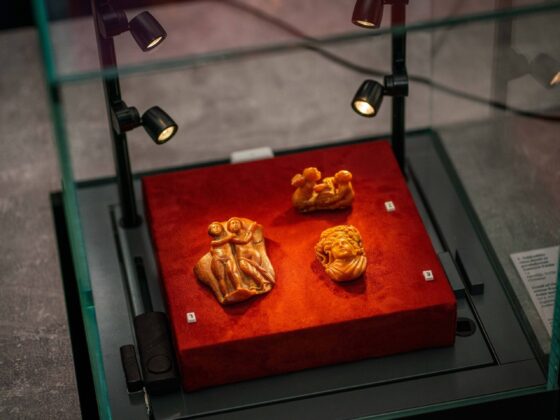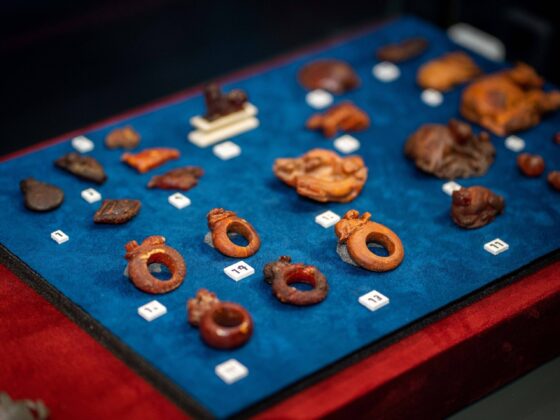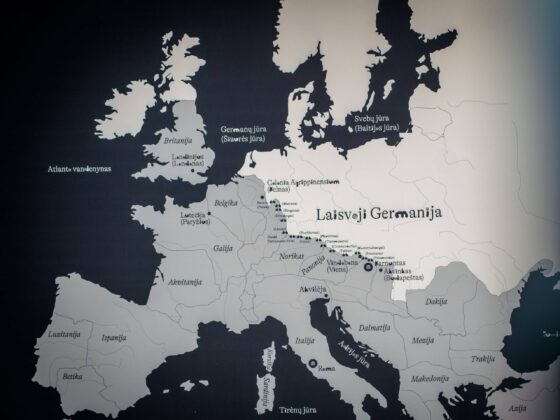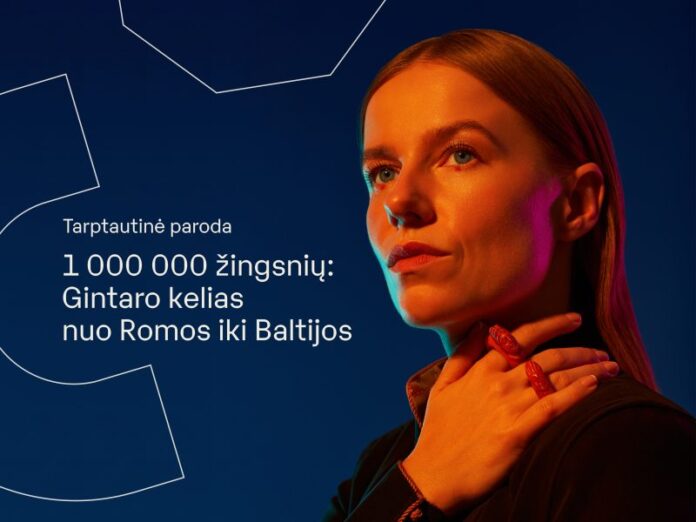
The Lithuanian National Museum is currently hosting an exhibition called 1,000,000 Steps: The Amber Road from Rome to the Baltic, its largest international exhibition this year. It actually opened to the public on October 26, 2022, at the House of History, and will continue until May 8, 2023.
The curators pose some interesting questions for visitors to ponder. Is amber really such an integral part of our history? Or is that just a myth? Did the Roman Emperor Nero really send Romans to the lands of our ancestors, the Aesti (Lith. “aisčiai”), 2,000 years ago to obtain amber, the most sought-after luxury, also known as “northern gold”, for the Roman Empire, one of the richest states of that time?
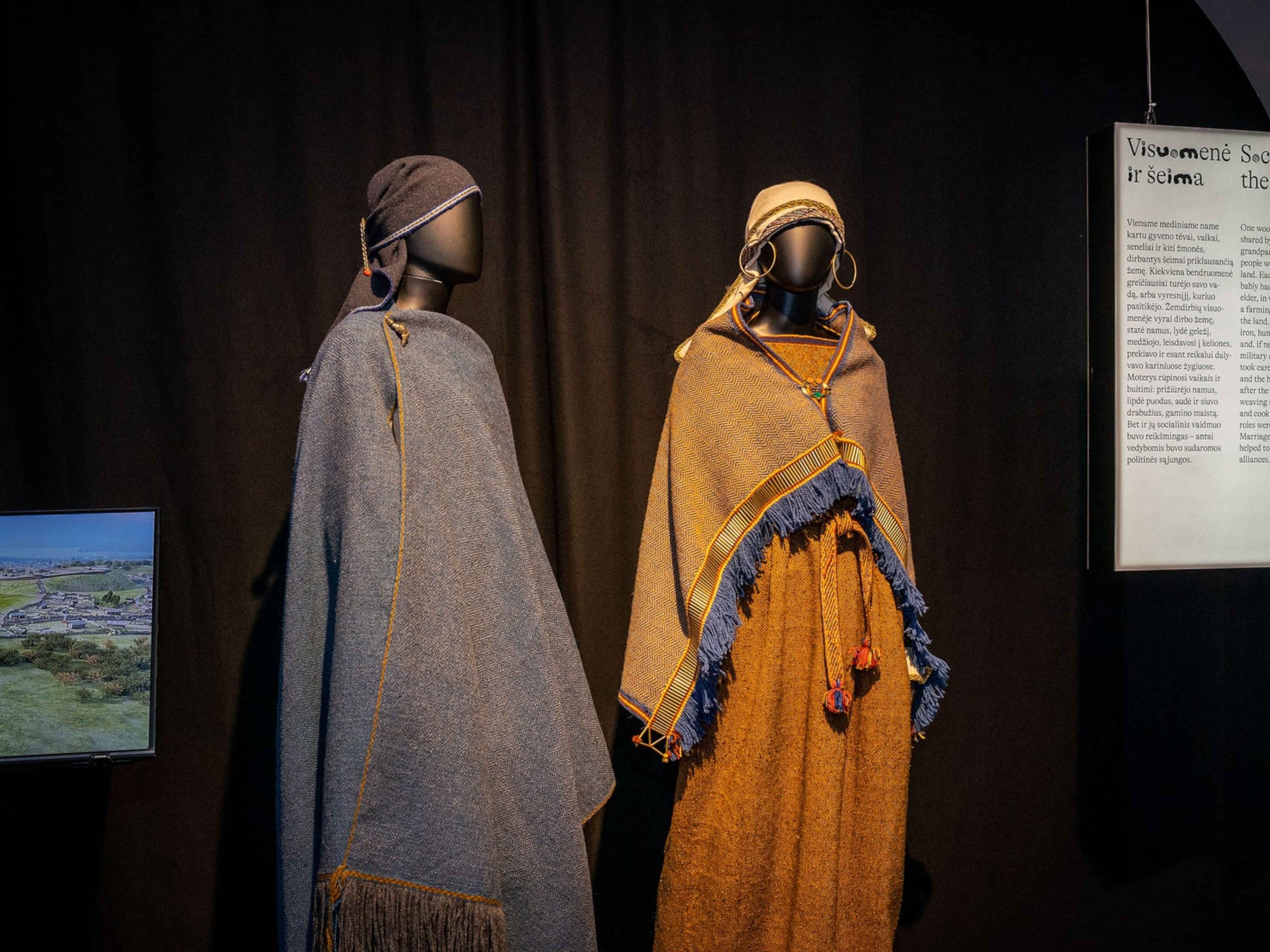 Today, in the 21st century, amber crafts and other historical artifacts have arrived at the National Museum of Lithuania from Italy, Austria, Croatia, Slovenia, and Poland. These exceptional exhibits tell the story of the Aesti and Roman societies and their mutually beneficial relations. Visitors to this exhibition have the opportunity to learn about the nature of travel in the ancient age; view maps depicting the Baltic Sea, the Nemunas River, and the roads leading to what is modern day Lithuania; and learn about the way of life of different cultures and how they understood the world, including their views on women. Visitors may also discover the answers to questions such as: How did the so-called civilized world differ from that of the Barbarians? Perhaps there weren’t so many differences after all? What actually defines a civilization?
Today, in the 21st century, amber crafts and other historical artifacts have arrived at the National Museum of Lithuania from Italy, Austria, Croatia, Slovenia, and Poland. These exceptional exhibits tell the story of the Aesti and Roman societies and their mutually beneficial relations. Visitors to this exhibition have the opportunity to learn about the nature of travel in the ancient age; view maps depicting the Baltic Sea, the Nemunas River, and the roads leading to what is modern day Lithuania; and learn about the way of life of different cultures and how they understood the world, including their views on women. Visitors may also discover the answers to questions such as: How did the so-called civilized world differ from that of the Barbarians? Perhaps there weren’t so many differences after all? What actually defines a civilization?
 Looking back from today’s perspective, visitors may decide that people don’t really change that much at all. Today we want the same thing that the ancient Romans and Aesti sought: what we ourselves don’t have. Or perhaps the things we already have but don’t appreciate. And with whom should we associate amber more – the Aesti or the Romans? Who actually determined its value as a tradable good: the buyer or the seller? Every item in this exhibition tells a story for the visitor.
Looking back from today’s perspective, visitors may decide that people don’t really change that much at all. Today we want the same thing that the ancient Romans and Aesti sought: what we ourselves don’t have. Or perhaps the things we already have but don’t appreciate. And with whom should we associate amber more – the Aesti or the Romans? Who actually determined its value as a tradable good: the buyer or the seller? Every item in this exhibition tells a story for the visitor.
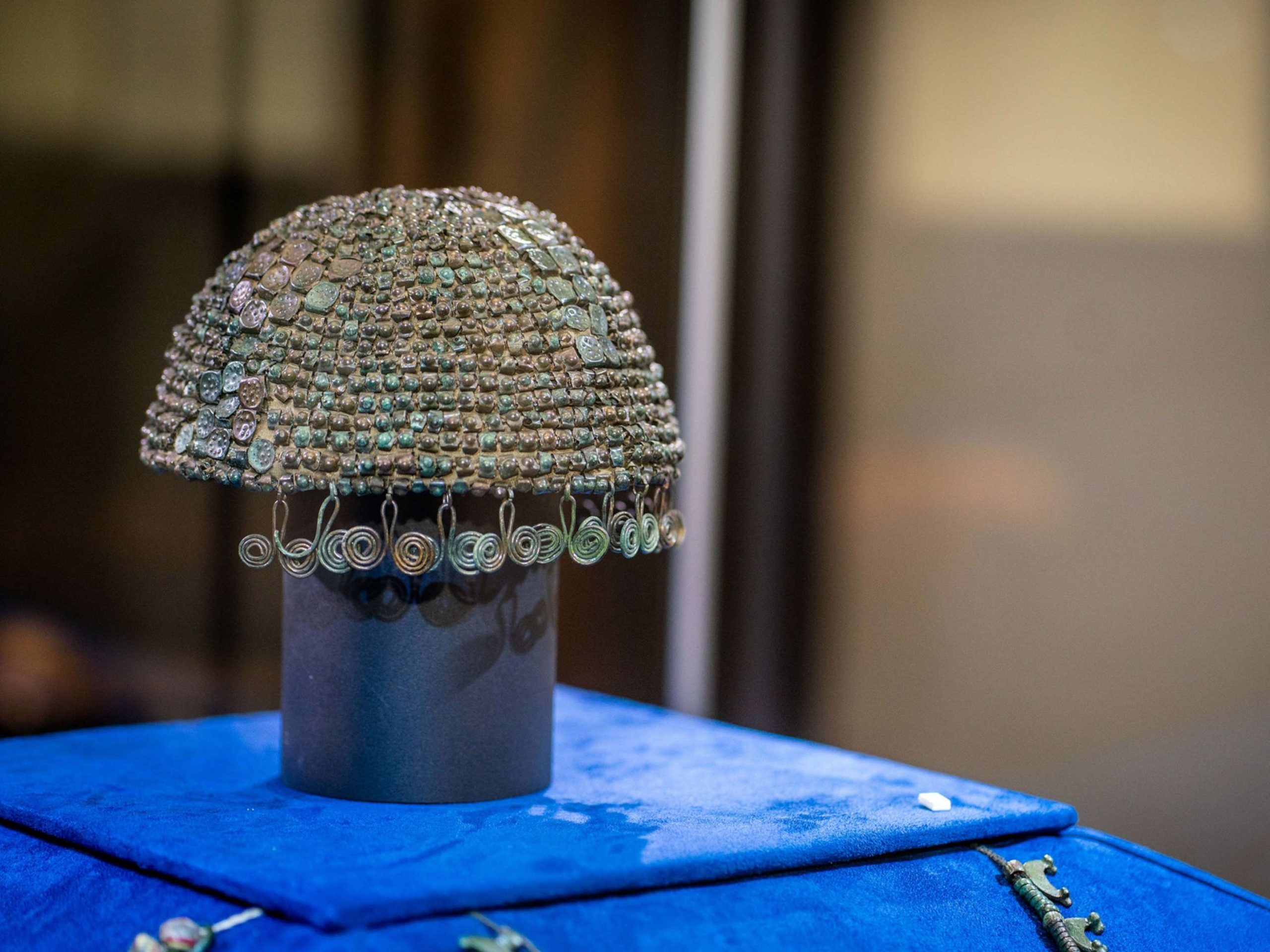 The program included a discussion panel in November, 2022, on amber as an element of self-identity; a Gastronomic Journey from Ancient Rome to the Baltic Sea in January; and a lecture on February 1, “Panem et circenses” – on daily life in ancient Rome. Further lectures will take place over the next several months.
The program included a discussion panel in November, 2022, on amber as an element of self-identity; a Gastronomic Journey from Ancient Rome to the Baltic Sea in January; and a lecture on February 1, “Panem et circenses” – on daily life in ancient Rome. Further lectures will take place over the next several months.
On alkas.lt, we read that the exhibition concentrates on the first decades of the current era, when Romans travelled to the Baltic Sea to obtain the mysterious stone called amber, while expanding their territories and establishing new trade routes. As a result, Tacitus wrote about the Baltic as early as 98 AD. Lithuanian culture contains many legends about amber, and it is an essential element of Lithuanian identity. The exhibition includes demonstrations about working with amber in ancient times, and invites the visitor to return to the era when amber was a luxury, not the stuff of mass-produced Soviet souvenirs.
The National Museum of Lithuania has a website lmn.lt, with photos and interesting texts in both Lithuanian and English.





